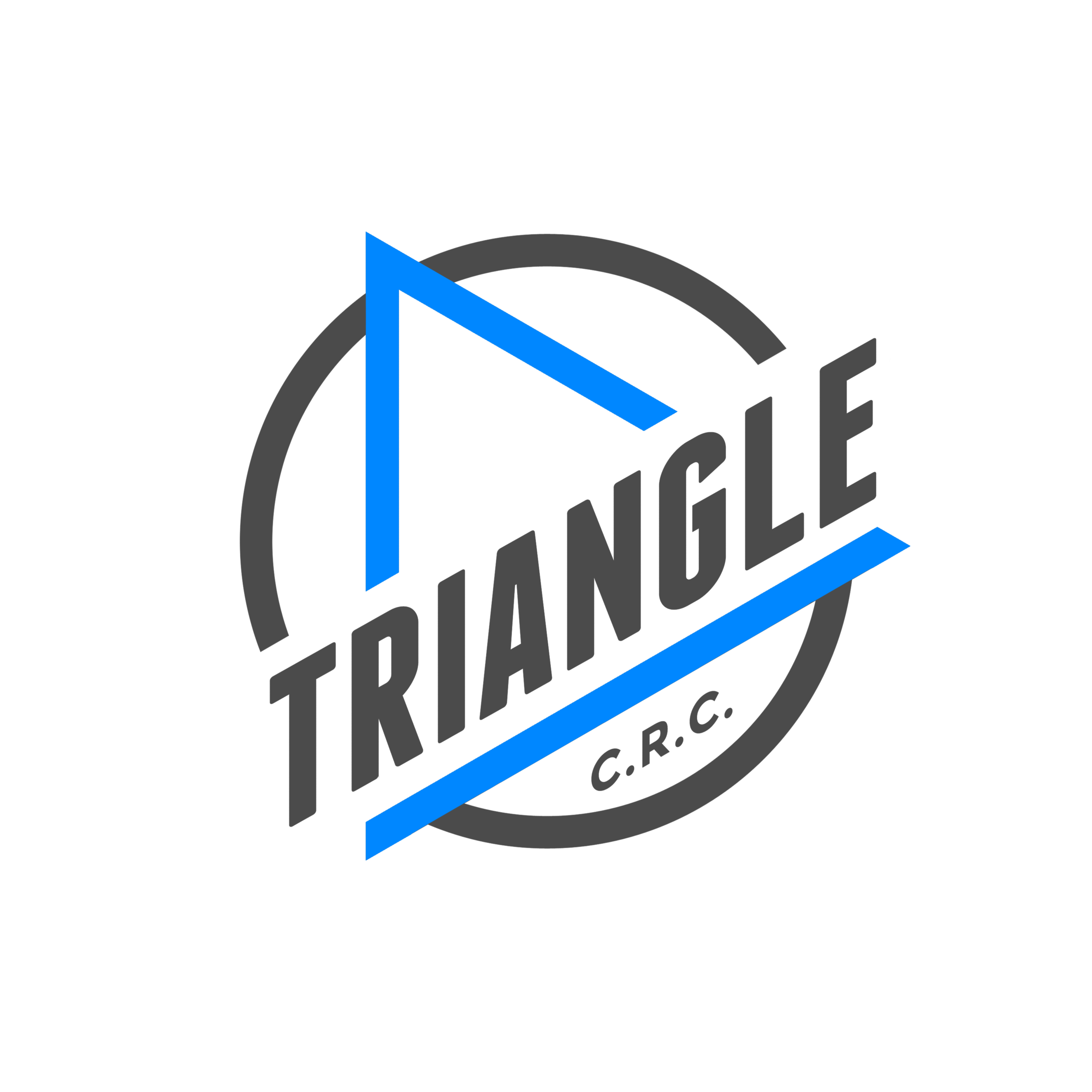Pain
Pain is a very interesting subject. A lot of research has been done on the subject for quite a long time. A lot of research is still being done. We've all experienced pain, we've all had to manage our lives while in pain, and we've all reaped the benefits of pain. Wait, what? Yes, I said that we can reap the benefits of pain.If you've ever removed your hand quickly from a hot stove, you've reaped the benefits of feeling pain. You feel pain for a reason: to prevent you from endangering yourself. Pain is in your head. Whether your arm hurts, your leg hurts, your back hurts, or your head hurts, it's still experienced in your brain. The body carries pain *signals* to the brain, and your brain tells your body the location of that stimulus. Pain is a protective mechanism that can help us avoid stimuli which can be harmful, such as a hot stove that could burn your hand. But what about when pain lingers? After you've avoided the painful stimulus, after your twisted ankle has healed from the original injury, after the scars form and the injury is "healed"; why does the pain stick around?Pain is extremely complex. It's experienced in your mind and influenced by nearly everything around you. It's influenced by what you think, what you eat, who your friends are, your past experiences, etc. Normal movements should not hurt. (Normal movement does not constitute sitting for 16 hours a day (sit for breakfast, sit in your car on the way to work, sit at work, sit for lunch, sit at work again, sit on the way home from work, sit to eat dinner, and sit down to relax - does this sound like your day?). Normal movements are things like walking, squatting, lifting, running, etc.) If normal movements hurt, it's likely due to a biomechanical dysfunction somewhere in your kinetic chain. (My husband likes to remind me that not everyone likes "science words".) Translation: if you can't move normally (see above) without pain, you need to see someone who can help you do so. I'm only slightly biased, but a chiropractor is a great place to start. We assess movement all day every day, and can pinpoint where your movements break down.But what about the pain? Granted, I got a little sidetracked with all the sitting, but we're back. First things first, cut out inflammation. If you are in pain, chances are you would do anything to not be in pain anymore. I've got a few things for you to try:1.) Cut wheat and sugar from your diet. Check out www.deflame.com for info regarding why, and check out www.thepaleodiet.com for what you should be eating.2.) Exercise. If you're in too much pain to exercise, go see a qualified healthcare practitioner. If not, movement is great for you! Moving joints keeps joints moving. It's easier for your joints to get stiff if you don't move them around. When joints move, proprioceptors are activated, which block nociceptors. Read: pain *blockers* prevent pain *feelers*. Movement actually decreases pain! If you're looking for a great functional workout, come with me to CrossFit Sua Sponte. John Dill knows what he's doing.3.) Let go of your pain. We already discussed that pain is in your head and influenced by a variety of factors. One of those factors is your own feelings about the pain that you experience. For example, if you say, "I can't run because my knees hurt," you're convincing yourself of that fact. Maybe, just maybe, if you decrease the inflammation in your diet, address the biomechanical issues that are causing you to overload your knees when you run, and decide that you're not going to let knee pain stop you from entering that 5k, you CAN run. (Again, if pain persists, it's important to see a healthcare practitioner.)4.) Address biomechanical dysfunctions. If there is a breakdown in your kinetic chain, something's going to pay the price. An example would be that if you have shoulder pain that is not due to traumatically damaged tissues (a torn muscle or ligament from someone tackling you), it's most likely because you lack shoulder stability and thoracic spine mobility. If you strengthen your serratus anterior and get your thoracic spine adjusted, your shoulders stop hurting. It sounds like magic, but really, it's science.I appreciate those of you who stuck with me through the end of this one: I know it was a little on the wordy side. Here's my take-home message for those of you who skipped to the end to catch the point: don't let pain ruin your life. If you're in pain, do something about it. And I'm not talking about taking pain relievers. Actively change the things that are causing you pain, get rid of the things in your life that are helping pain linger (stress, bad food, negative friends), and commit to feeling better and BEING better.Dr. Lindsay Mumma - lindsaymumma@gmail.com - is a chiropractor at Triangle Chiropractic and Rehabilitation Center in Raleigh, NC. Her clinic focuses on offering multiple manual therapy options for pain management and functional improvement. For more information, please visit www.triangleCRC.com.
